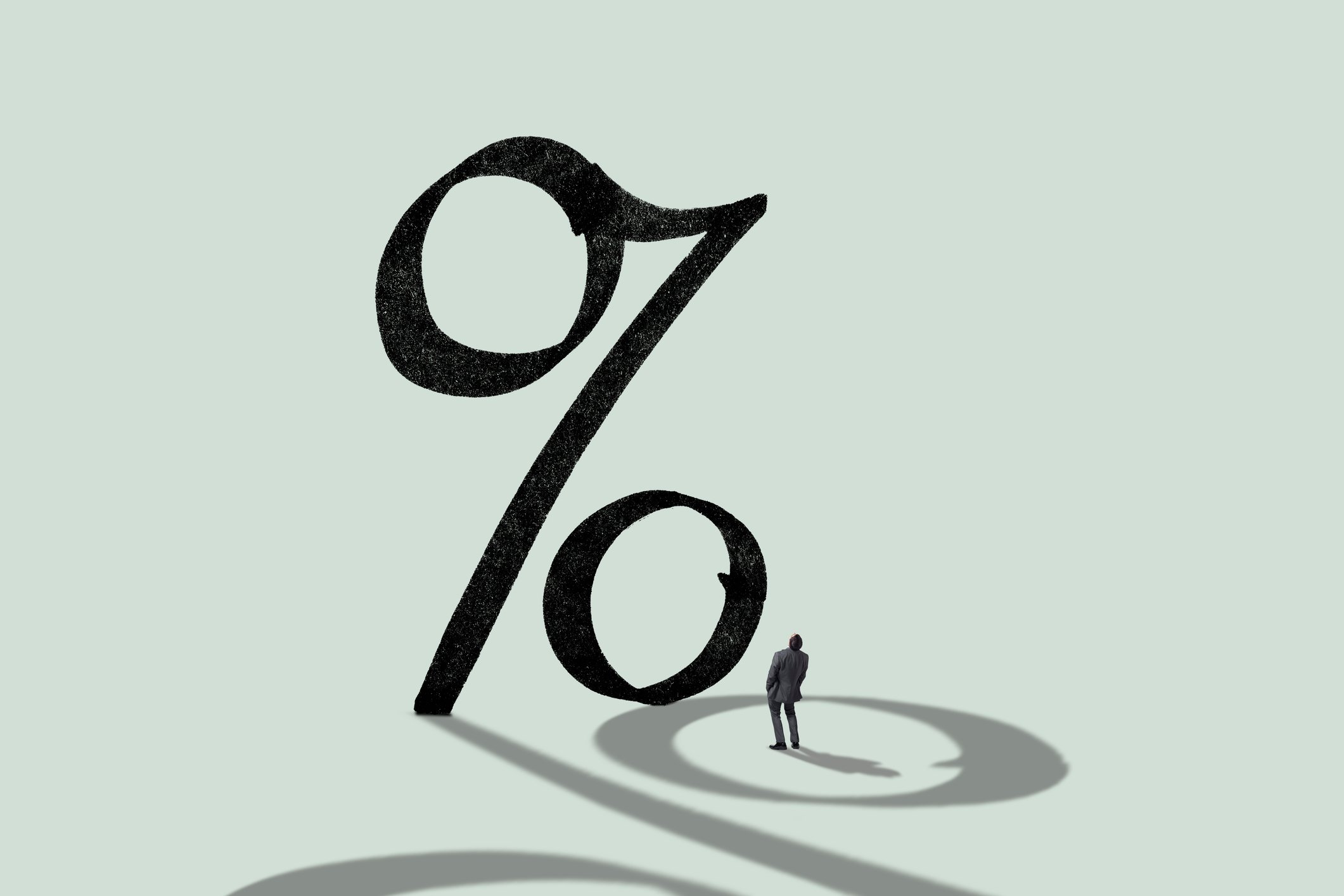Along with its decision to raise interest rates at its March meeting, the Federal Reserve's FOMC released its predictions for GDP growth, unemployment, and inflation over the next few years. In this clip, host Michael Douglass and banking specialist Matt Frankel break down the Fed's predictions. Hint: The economy could get even stronger than they thought.
A full transcript follows the video.
This video was recorded on March 26, 2018.
Michael Douglass: So, let's talk a little bit about GDP and unemployment, because the Fed basically broadly sees things getting better in both areas. And of course, this makes sense when you think about it from a rising interest rates environment. The Fed is going to raise interest rates if it believes that the economy is going to continue expanding, and therefore to basically control inflation they're going to keep raising those interest rates to ensure that the economy doesn't expand at this unsustainable rate.
Matt Frankel: Yeah. The Fed's purpose is to try to find a nice equilibrium in the market. There was a point in the early 1980s, for example, where interest rates were 14-15%. And the Fed's goal is to avoid situations like that from happening. When you see the economy growing faster than what they call their target, they'll try to slow down the rate at which they're increasing interest rates or even reduce interest rates. But, now the Fed is expecting GDP and employment, which are two of their biggest indicators, to be even better than expected in the coming years. For example, next year, the Fed was originally projecting 2.1% GDP growth. Now, that's up to 2.4%. Unemployment, they were previously projecting 3.9% next year, now it's down to 3.6%. I might be wrong about this, but I can't remember it getting to that level in my lifetime.
Douglass: [laughs] It's certainly very good news for the economy, that the Fed feels that way. But, we're long-term investors, so let's also consider the fact that the Fed doesn't necessarily see this as a long-term rate of expansion. The Fed's dot plot certainly implies that they see some economic cooling off, let's say, post-2020.
Frankel: Right. First of all, the Fed doesn't really see inflation getting out of control, as you might expect from GDP and employment numbers like that. That's better than what's known as full employment. The Fed is expecting inflation to hover around its 2% target, which is why it's feeling so comfortable with the projected rate increases over time, and also why after 2020, the Fed is expecting the economy to cool off a little bit.
One key thing to note from the dot plot, they're expecting about 3.4% to be their target interest rate in 2020. And over the longer term, meaning beyond that, they're expecting about 2.8% to be the target. So, they're expecting interest rates to be reduced a little bit after 2020. Now, nobody knows when exactly the economy is going to cool off. There are a thousand different variables that could cause GDP growth to slow down or unemployment to pop up. No one knows when it's going to happen. But the Fed, given the information they have now, sees the economy heating up until about 2020 and then cooling off a little bit afterwards.





